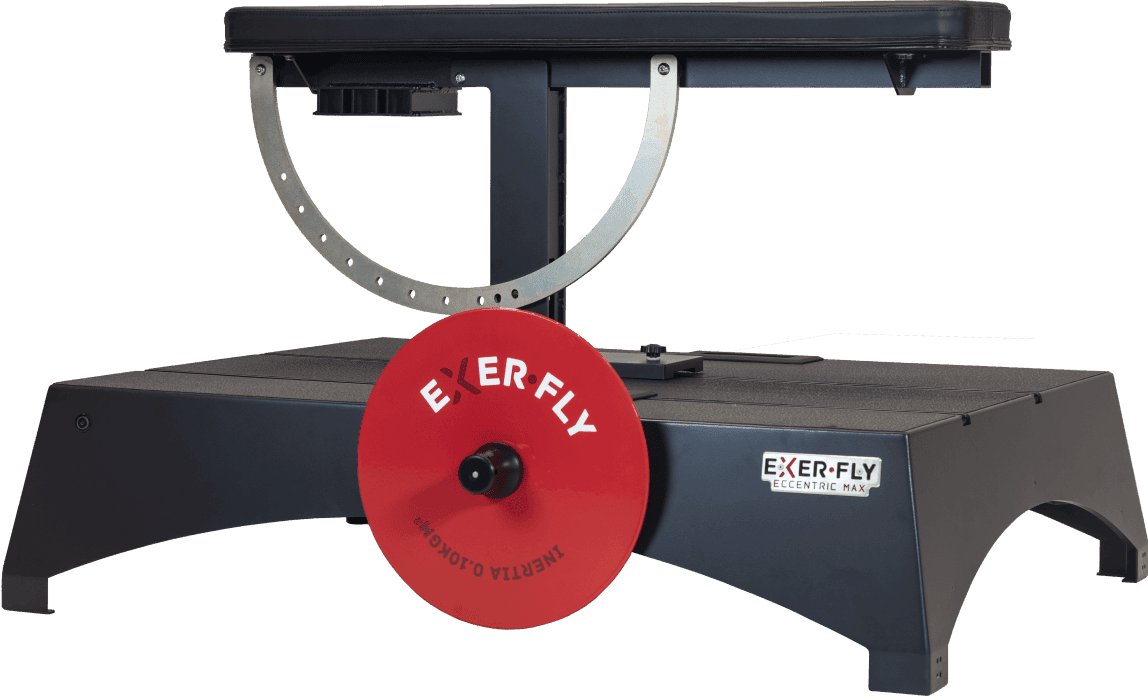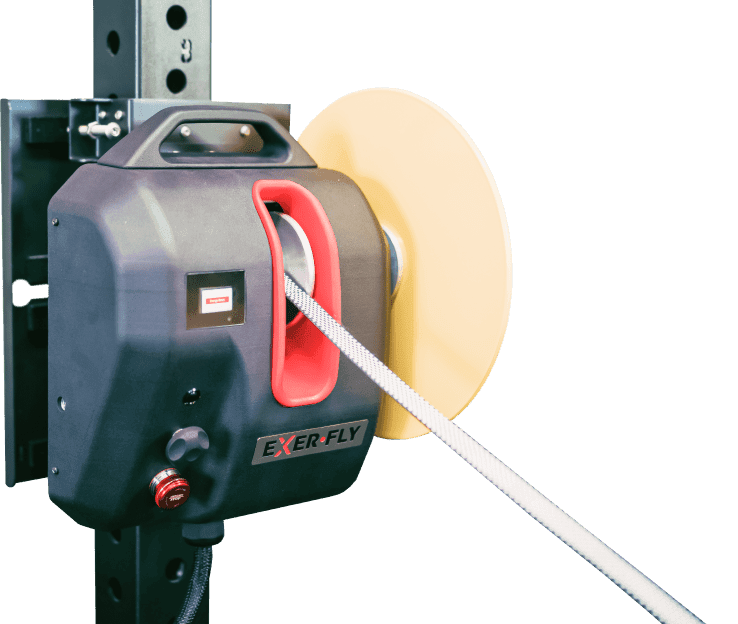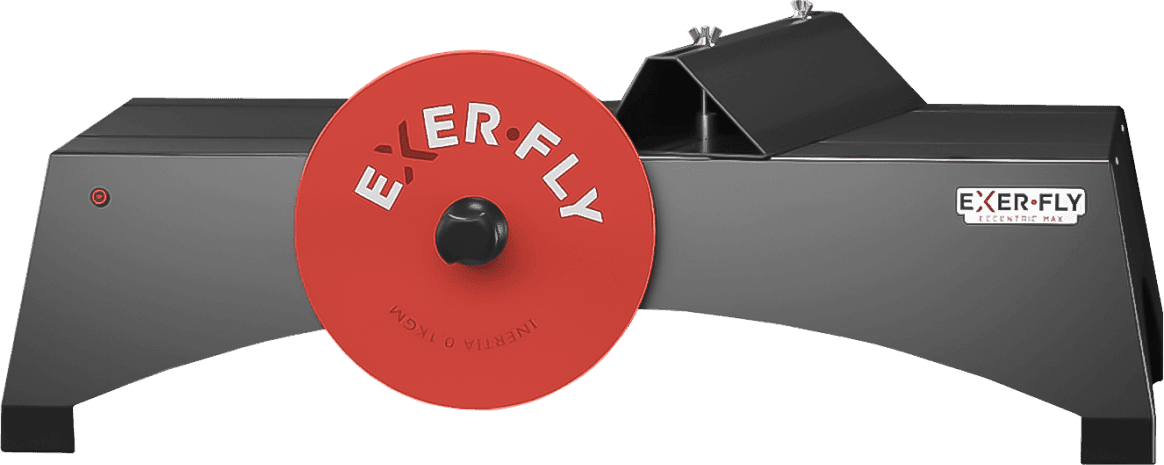
Significant Gains in Muscle Mass
This study, based on Flywheel squats, showed a 30% increase in force and 50% increase in concentric and eccentric power over 4 weeks. Over the period, the participants gained 8.6% in muscle mass.
Purpose: To assess early changes in muscle function and hypertrophy, measured as increases in muscle cross-sectional areas (CSAs) and total volume, over a 4 weeks inertial resistance training (RT) program.
\ Methods: Ten young RT-naive volunteers (age 23.4 ± 4.1 years) underwent 10 training sessions (2–3 per week) consisting of five sets of 10 flywheel squats (moment of inertia 900 kg⋅cm2). Magnetic resonance imaging (MRI) scans of both thighs were performed before (PRE), and after 2 (IN) and 4 (POST) weeks of training to compute individual muscle volumes and regional CSAs. Scans were performed after ≥96 h of recovery after training sessions, to avoid any influence of acute muscle swelling. PRE and POST regional muscle activation was assessed using muscle functional MRI (mfMRI) scans. Concentric (CON) and eccentric (ECC) squat force and power, as well as maximal voluntary isometric contraction force (MVIC) of knee extensors and flexors, were measured in every training session.\
\ Results: Significant quadriceps hypertrophy was detected during (IN: 5.5% ± 1.9%) and after (POST: 8.6% ± 3.6%) the training program. Increases in squat force (CON: 32% ± 15%, ECC: 31 ± 15%) and power (CON: 51% ± 30%, ECC: 48% ± 27%) were observed over the training program. Knee extensor MVIC significantly increased 28% ± 17% after training, but no changes were seen in knee flexor MVIC. No correlation was found between regional muscular activation in the first session and the % of increase in regional CSAs (r = -0.043, P = 0.164).
Conclusion: This study reports the earliest onset of whole-muscle hypertrophy documented to date. The process initiates early and continues in response to RT, contributing to initial increases in force. The results call into question the reliability of mfMRI as a tool for predicting the potential hypertrophic effects of a given strengthening exercise.
Click here to read the article (https://www.frontiersin.org/articles/10.3389/fphys.2018.01265/full)






